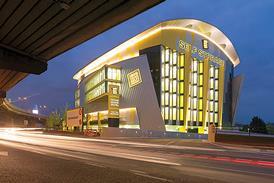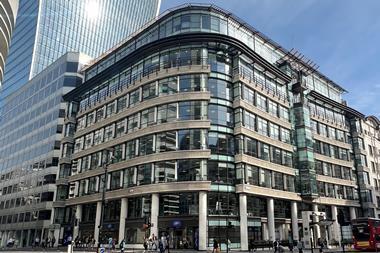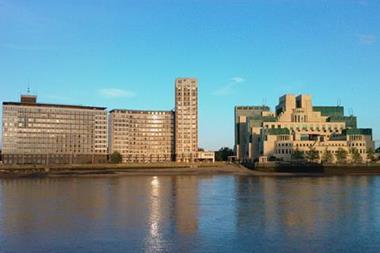The 10th anniversary of the 2012 Olympic Games is not simply a chance to recall past sporting glory, but a reminder to look back and learn from a remarkable regeneration project

Today, levelling up may be focused on north versus south, but the disparity the 2012 games helped tackle was east versus west, within the bounds of Greater London.
As our feature story on the London legacy reminds us, former London mayor Ken Livingstone said in 2008 that bidding for the Olympics was a tactic to “ensnare” central government. The games extracted the billions of pounds needed to regenerate London’s dilapidated East End: “To clean the soil, put in the infrastructure and build the housing,” as Livingstone put it.
Today, the legacy is clear, with popular parks, babbling watercourses, thriving shopping centres and outstanding sporting facilities – all established on sites once sullied by contaminated soils and polluted canals.
But London’s levelling up is still far from complete. Part of the Olympic park lies in Tower Hamlets, where the council last year estimated that 56% of children were growing up in low-income families, partly due to the high cost of housing. We can only hope the houses, businesses, shops and attractions thriving around the former Olympic site will continue to feed prosperity, and raise local prospects.
On a smaller scale, it is good to see the uplift in Birmingham from the Commonwealth Games. The sporting spectacle has been spliced into a 20-year plan to rejuvenate the city’s Perry Barr district, bringing in around £750m in extra funding.
Leaders of the Birmingham project visited the London 2012 site as well as former Commonwealth Games sites in Manchester and Glasgow to help draw up their plans. Their goal is to leave a legacy of prosperity, rather than stranded white elephants.
But alongside these optimistic outcomes we must also set concerns. Will the government’s interest in levelling up falter when a new prime minister takes up residence in Downing Street?
The Levelling-up and Regeneration Bill is at a nascent stage, and there is no guarantee it won’t be left to wither until it runs out of parliamentary time. We must wait and see whether Sunak or Truss picks up the baton or drops it.
Either might do well to study this month’s annual report from the Infrastructure and Projects Authority (IPA), which measures progress on large-scale public sector projects. It gave ‘red’ ratings to a number of government efforts, red being the worst available score and meaning ‘successful delivery of the project appears to be unachievable’.
Among the tally of doomed endeavours, the IPA puts planning reform, one of the key planks on which levelling up is supposed to rest. It will take a concerted effort to drag that rating back into the green.
Now is also a time of regeneration at Property Week. This week’s issue is the last under acting news editor Anviksha Patel, who joined in March 2020 – just in time for lockdown.
“It’s been thrilling to report on the good and bad bits of residential property,” she says, “albeit during a horrible time for the world. The industry has a long way to go to reconcile its structural issues, but I’m glad I’ve met some extremely determined people who want to make a positive change to the environment.”
Well said Anviksha. We wish you all the best.






























No comments yet